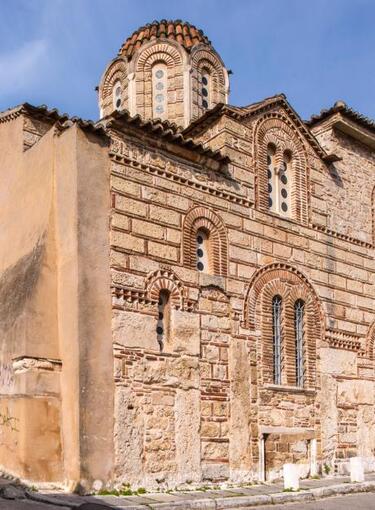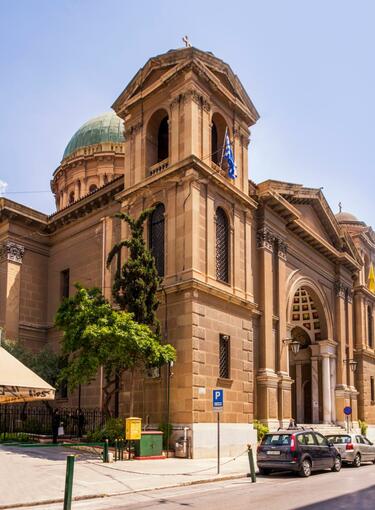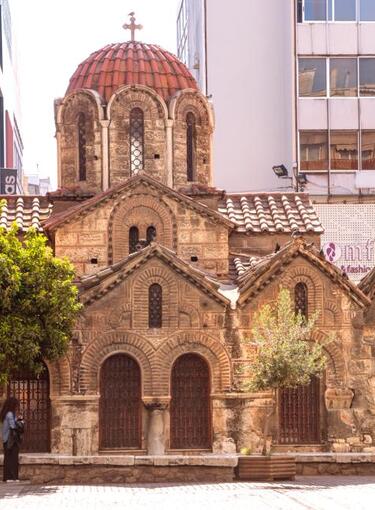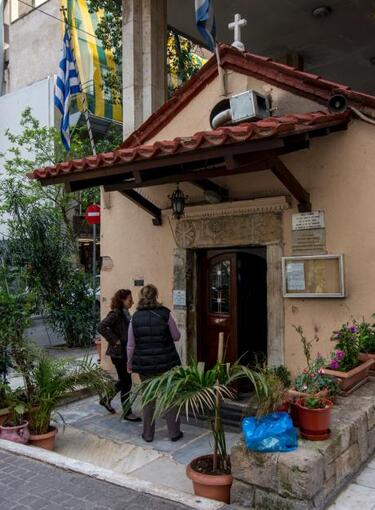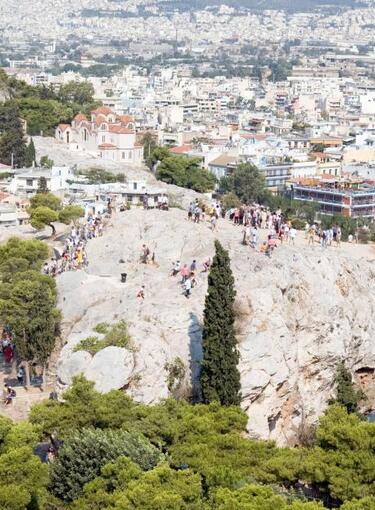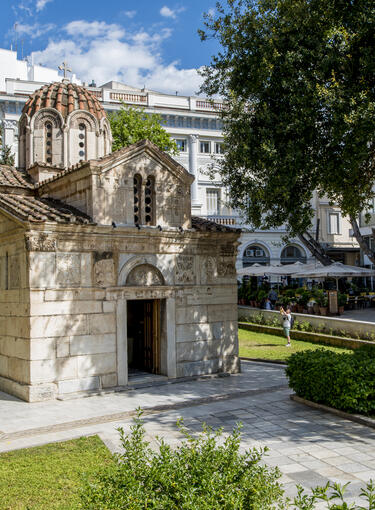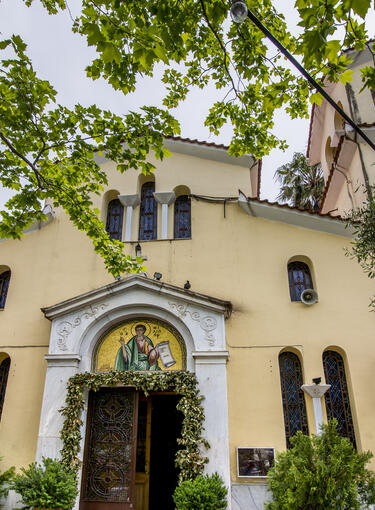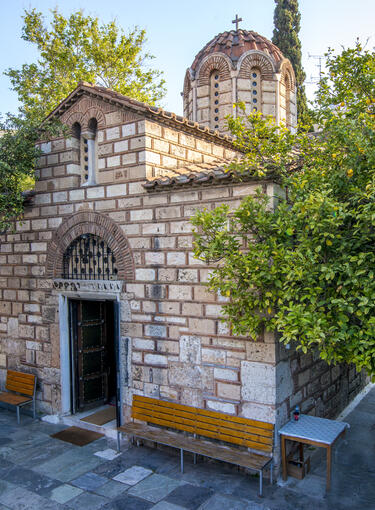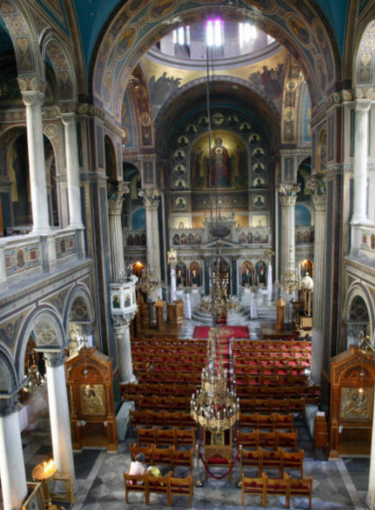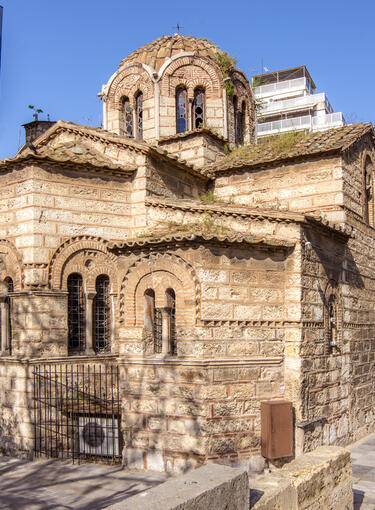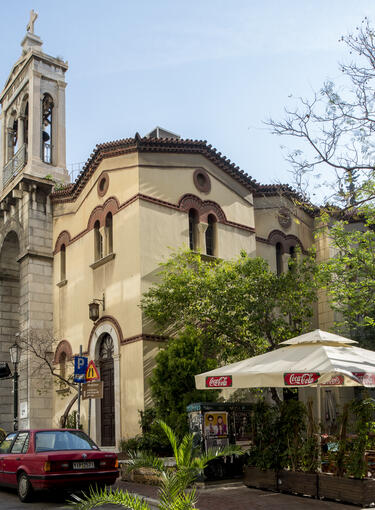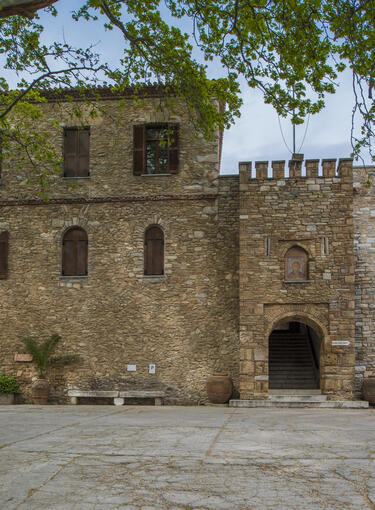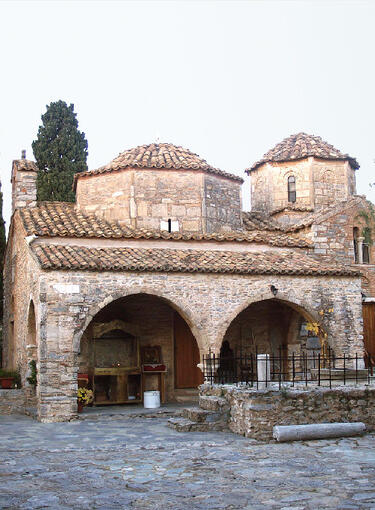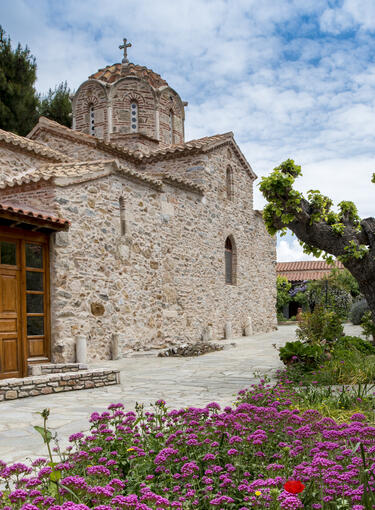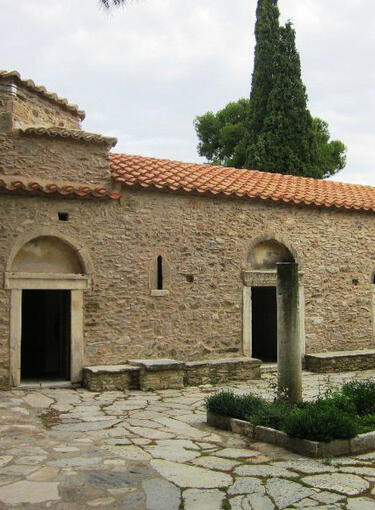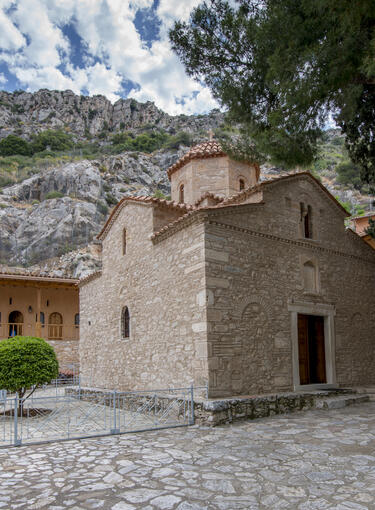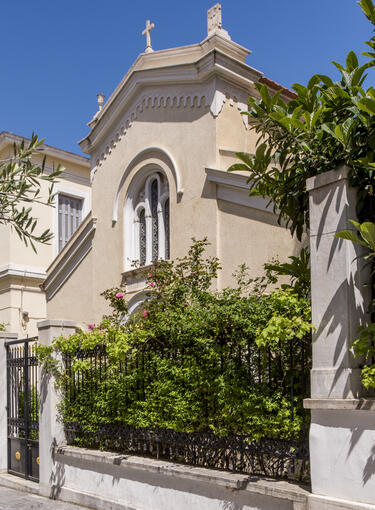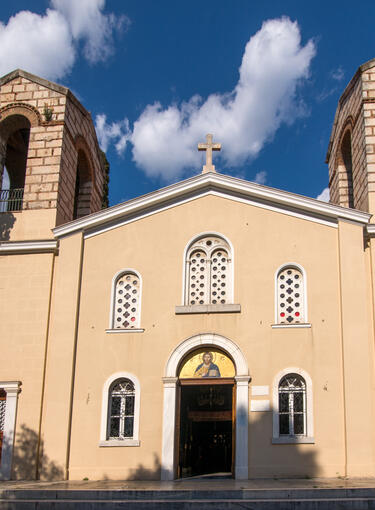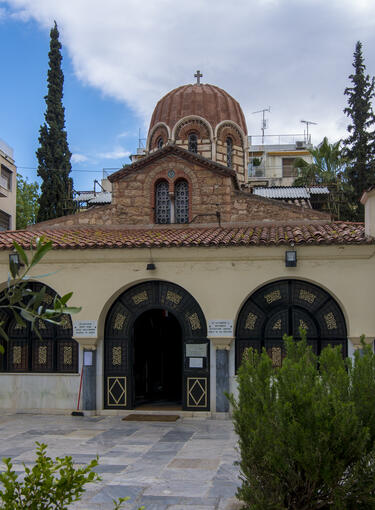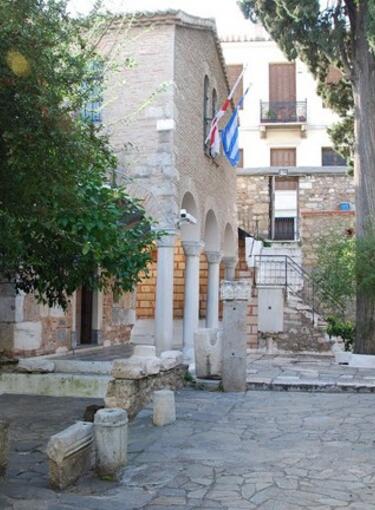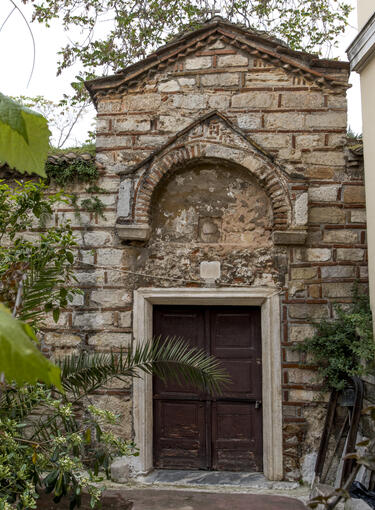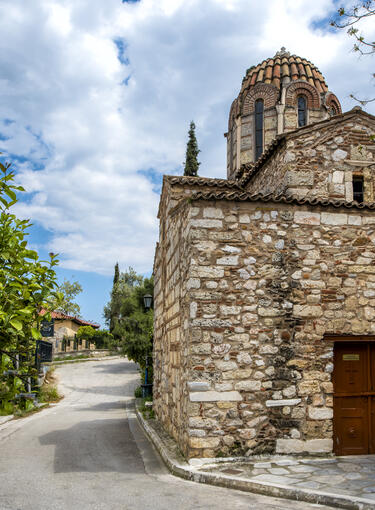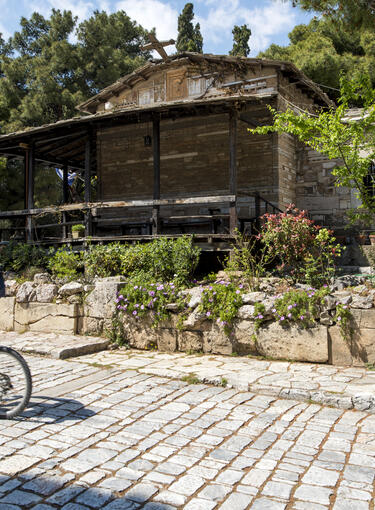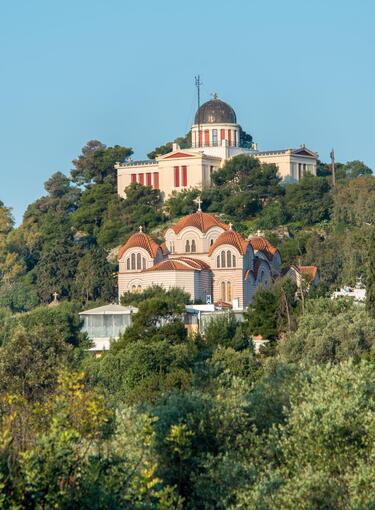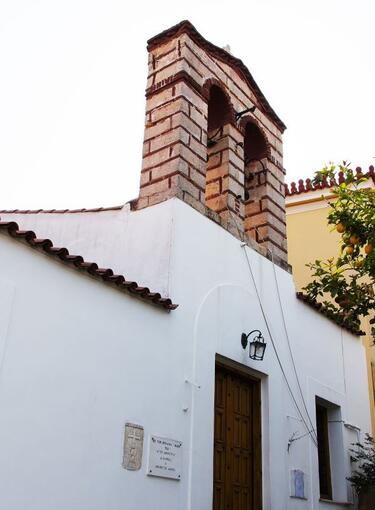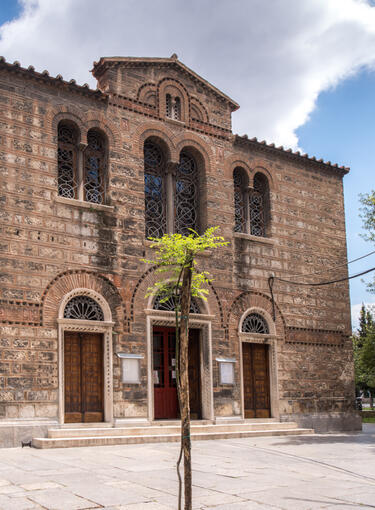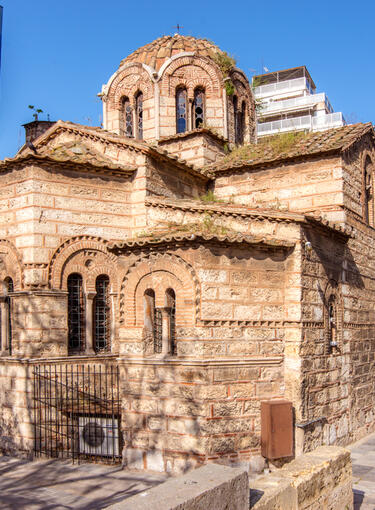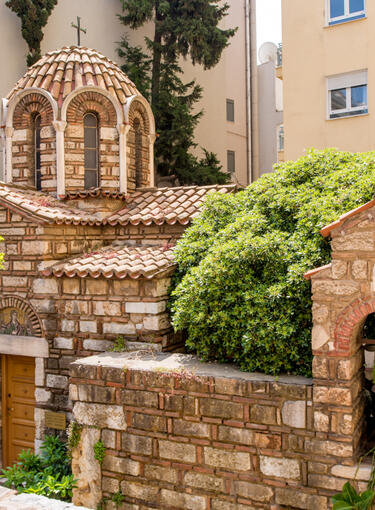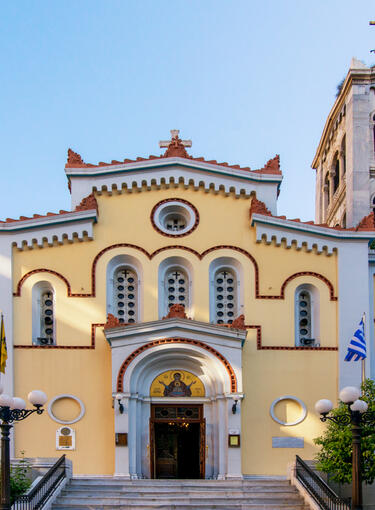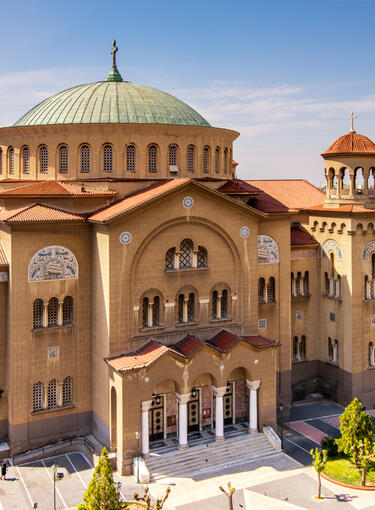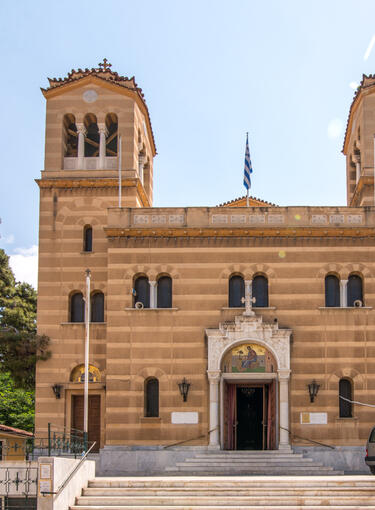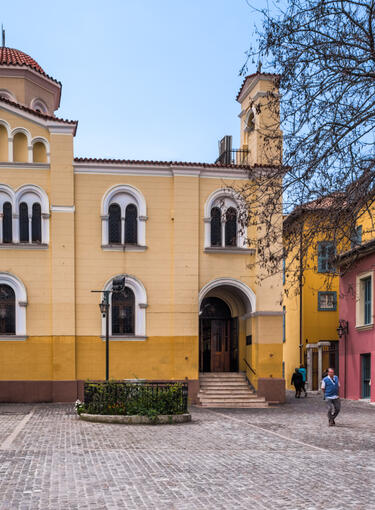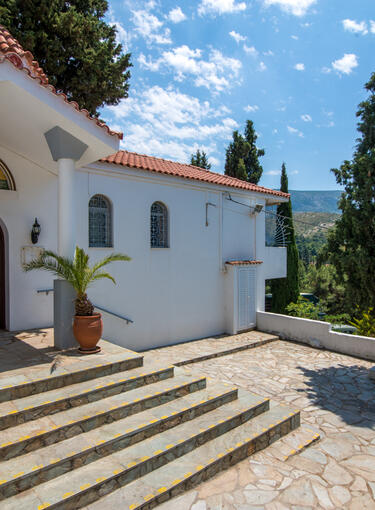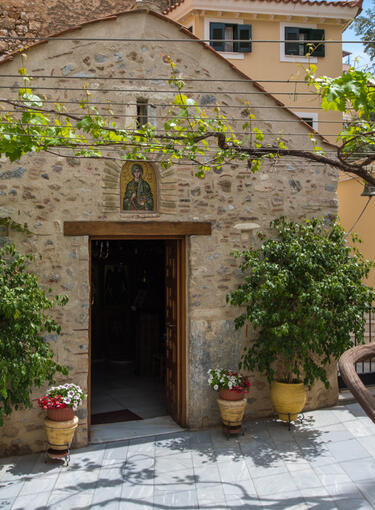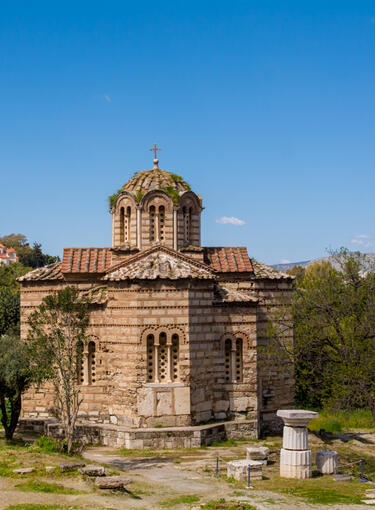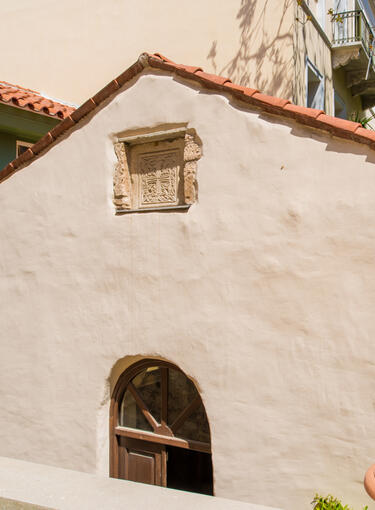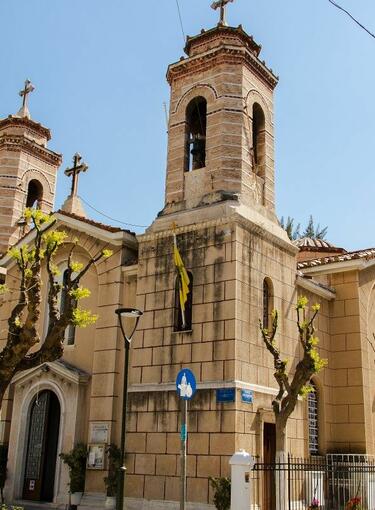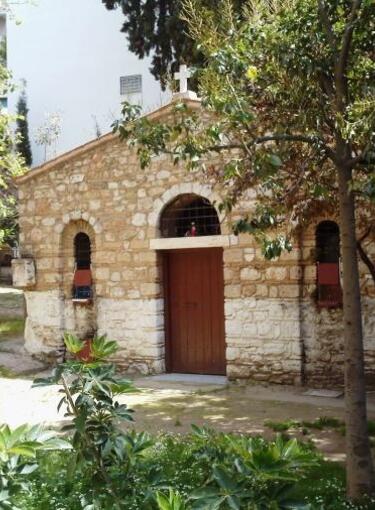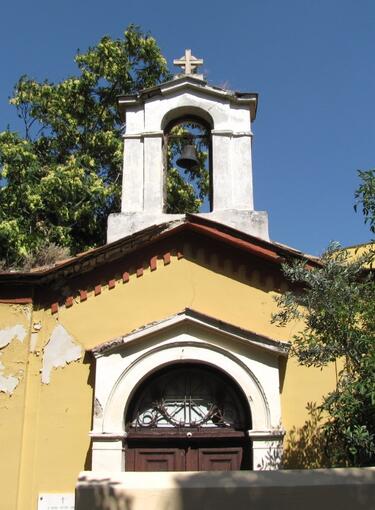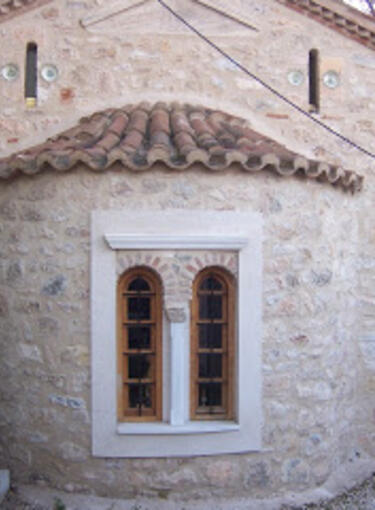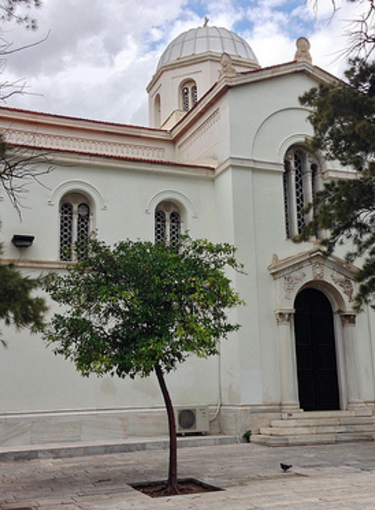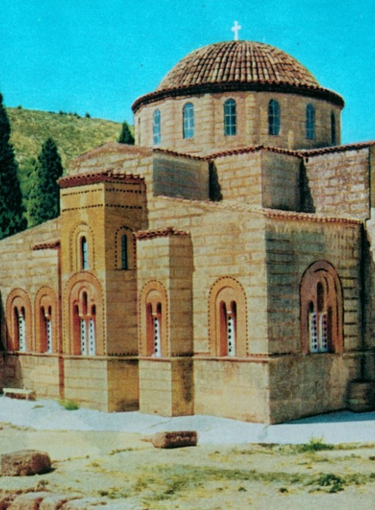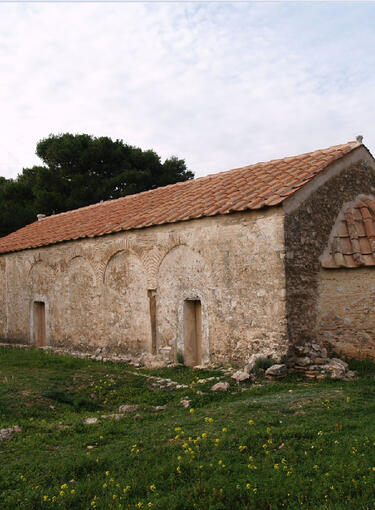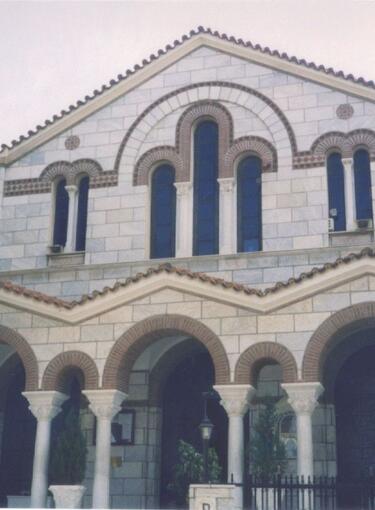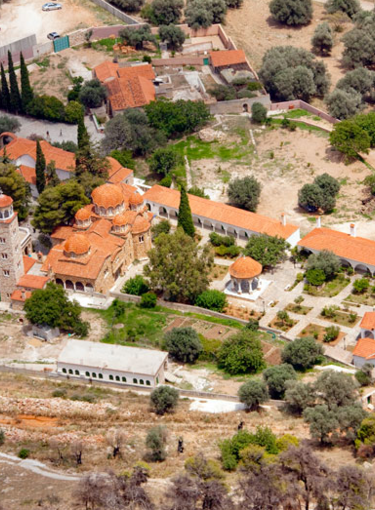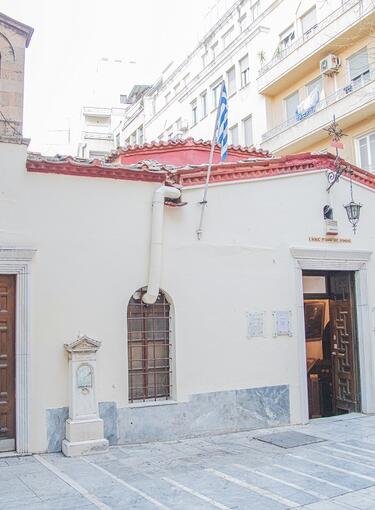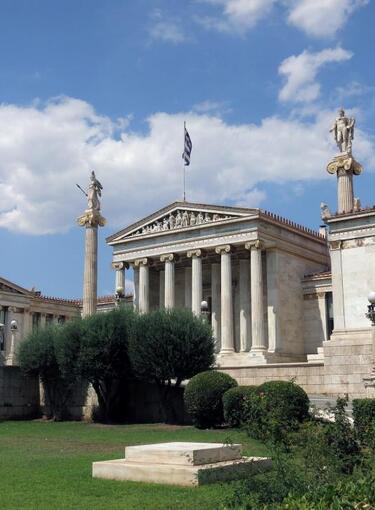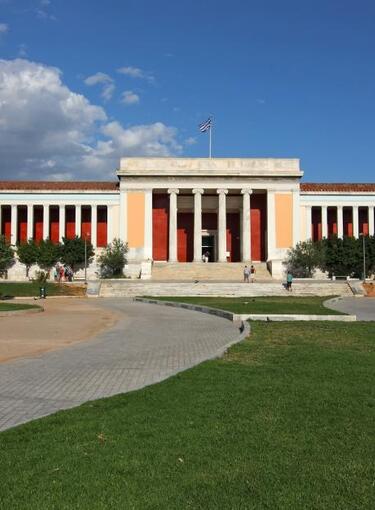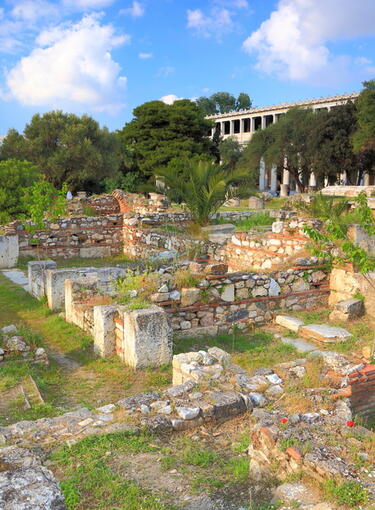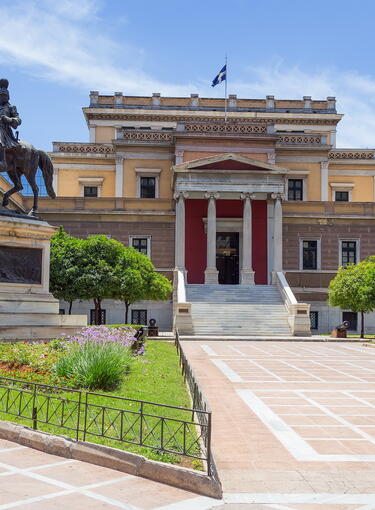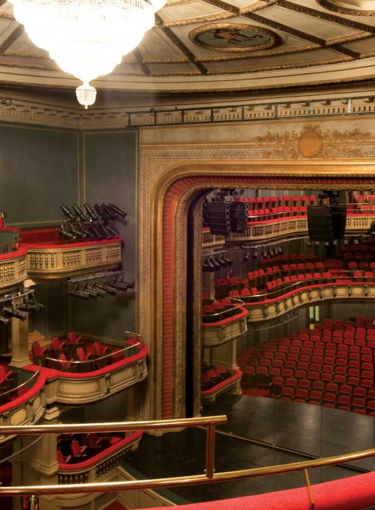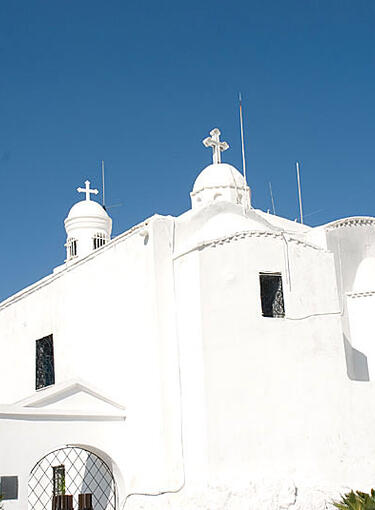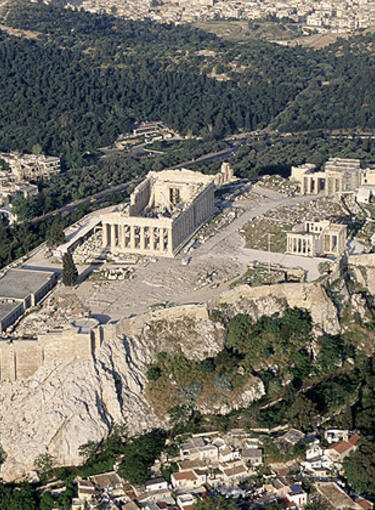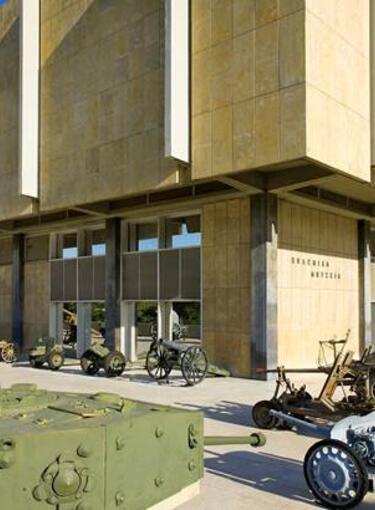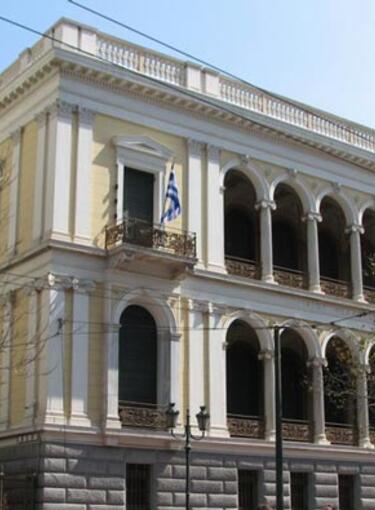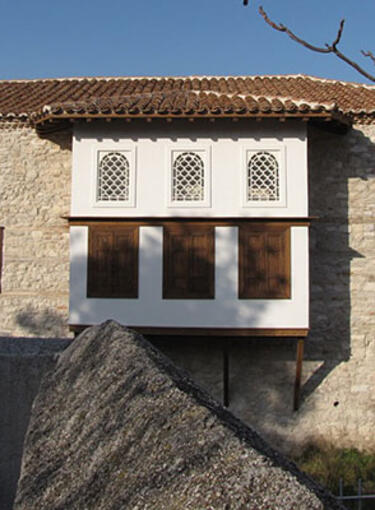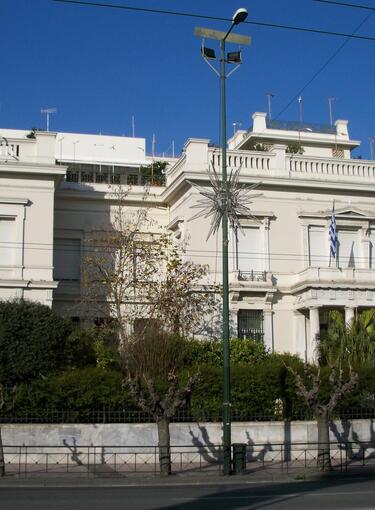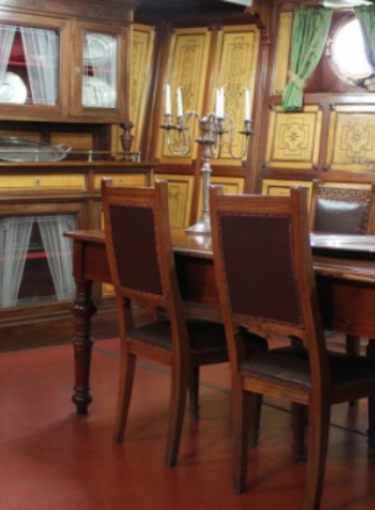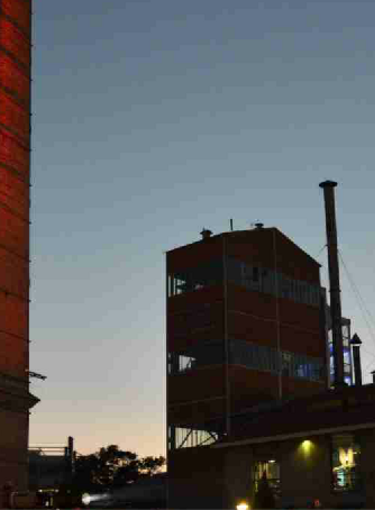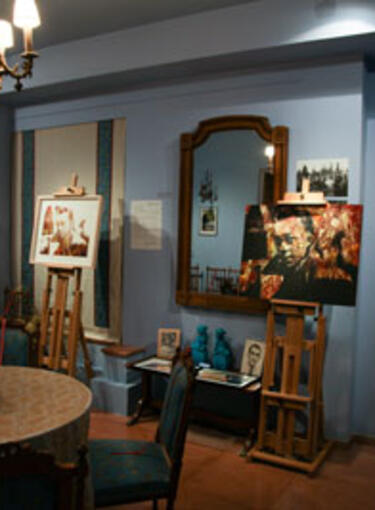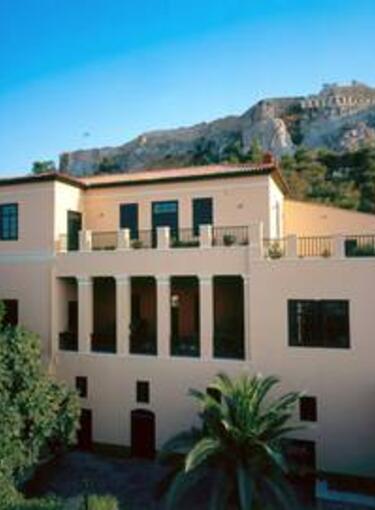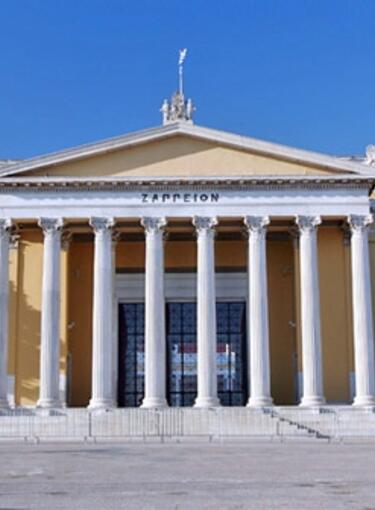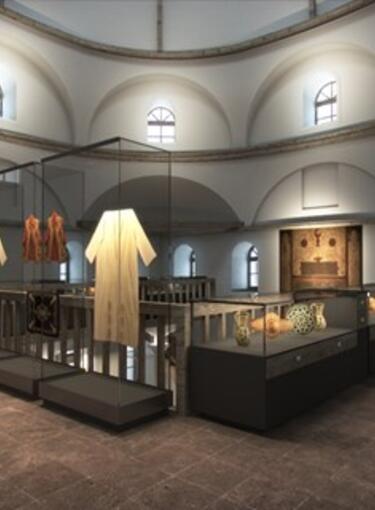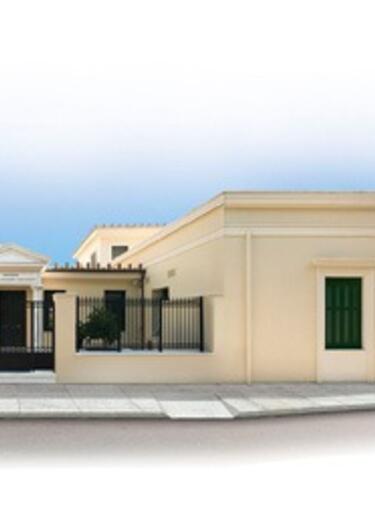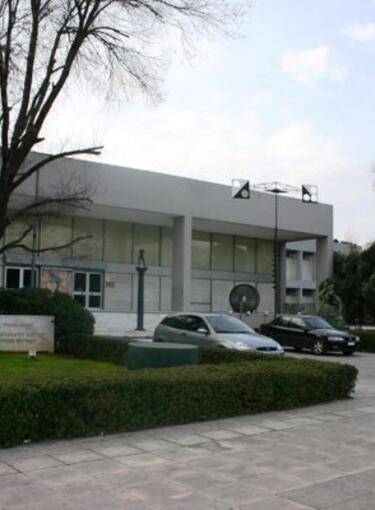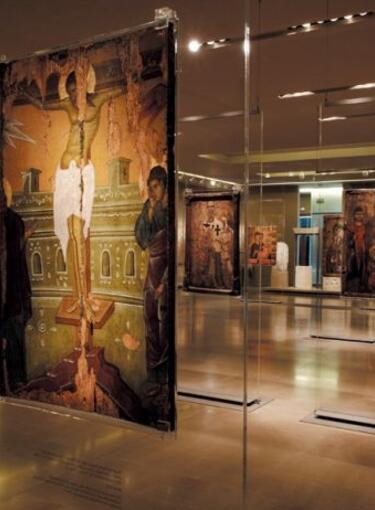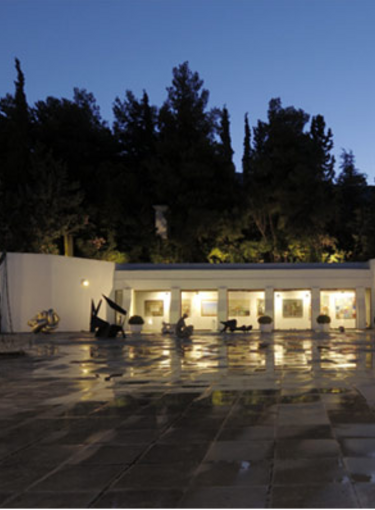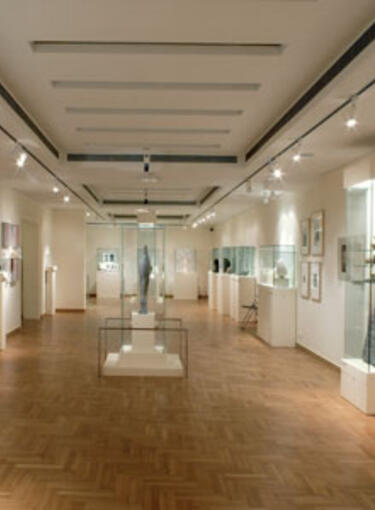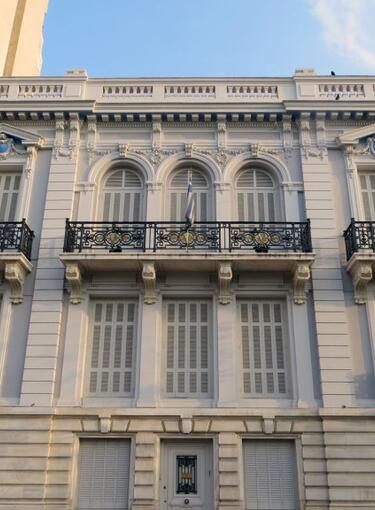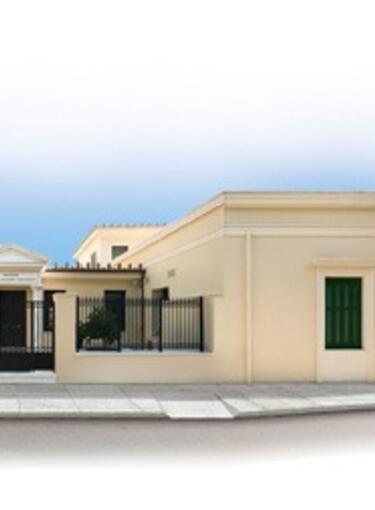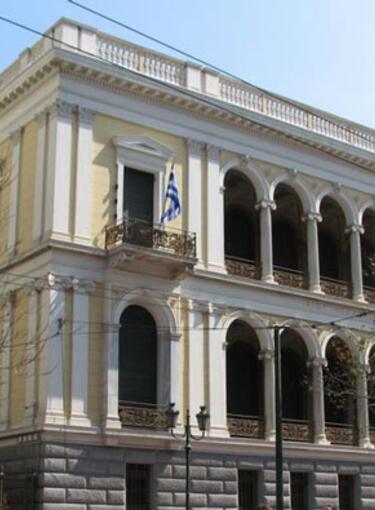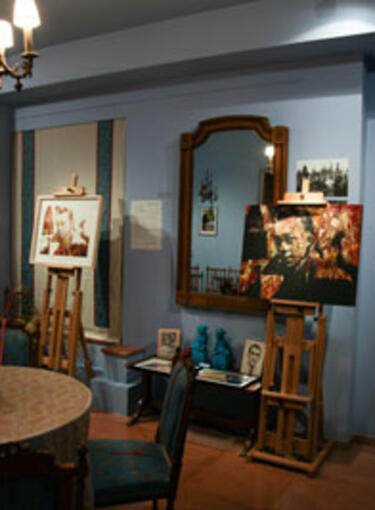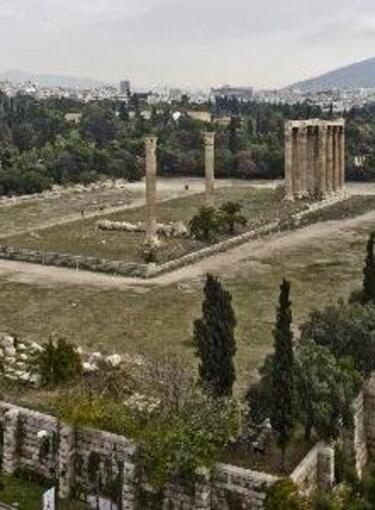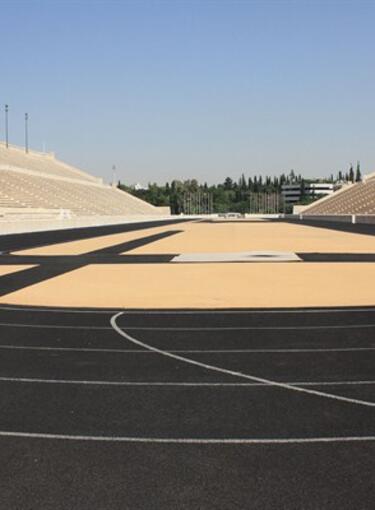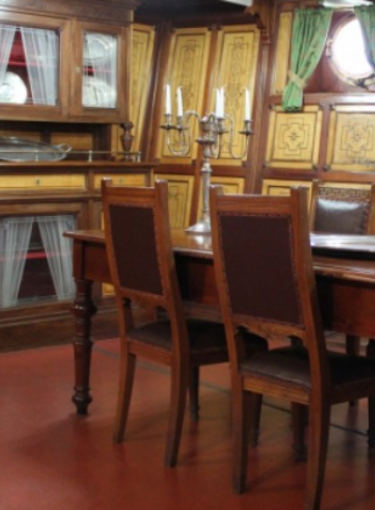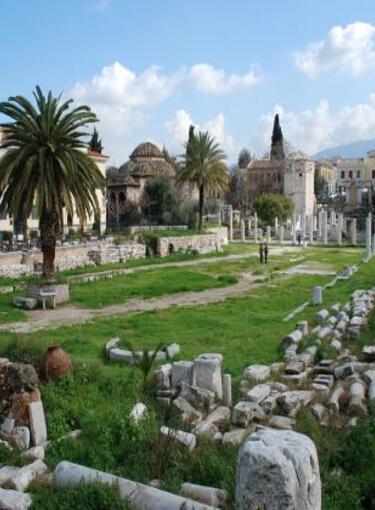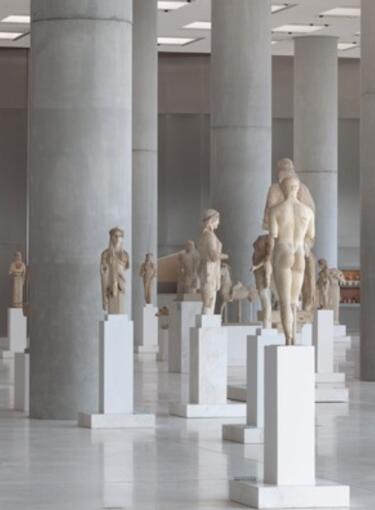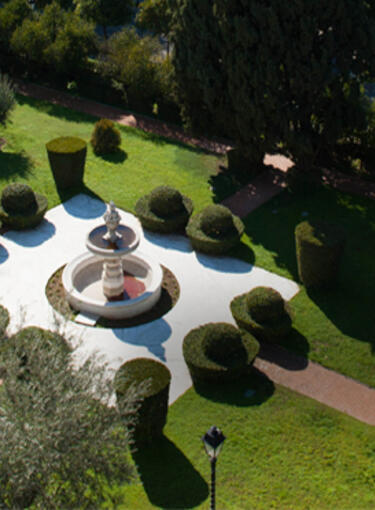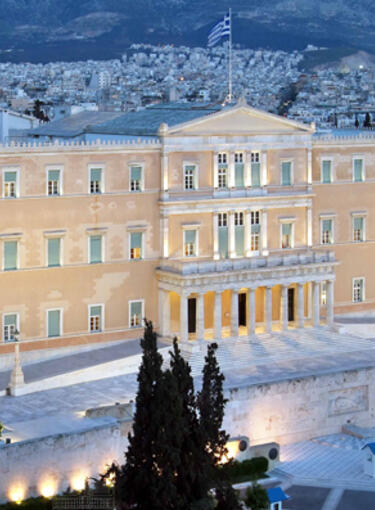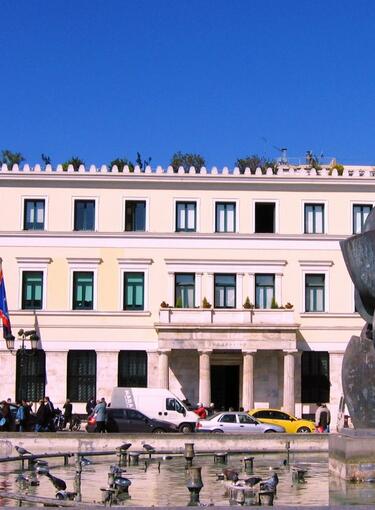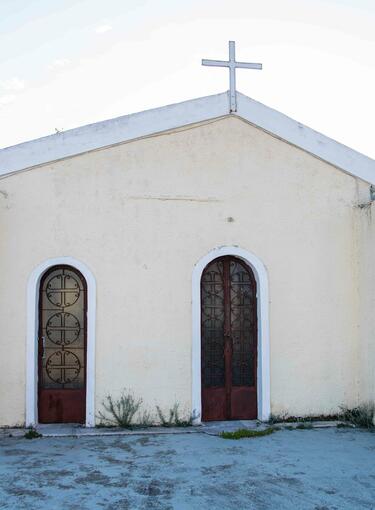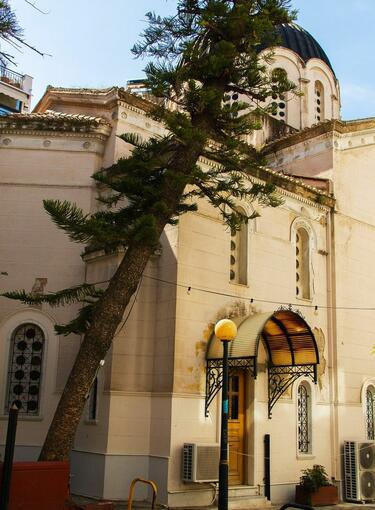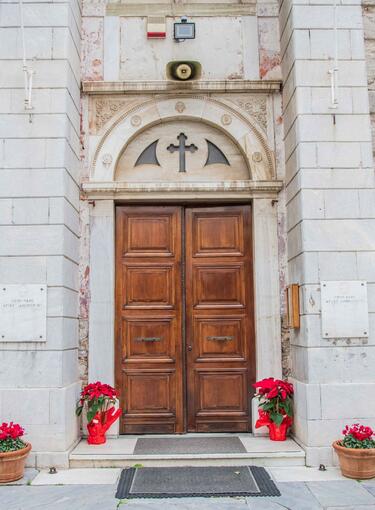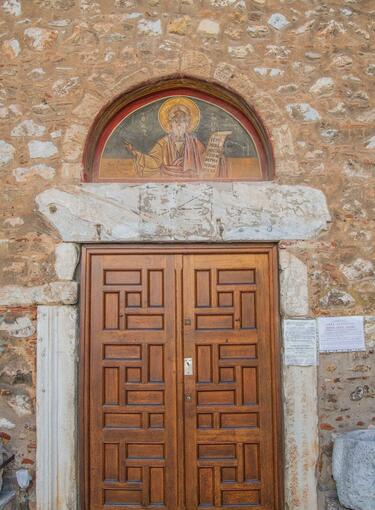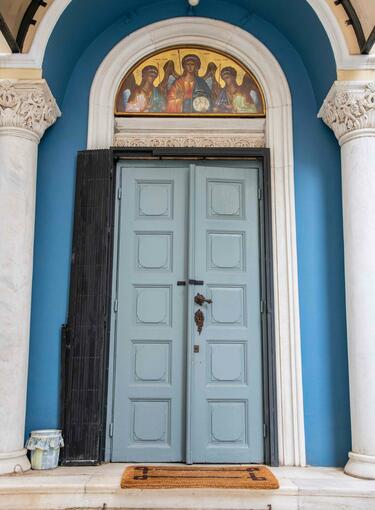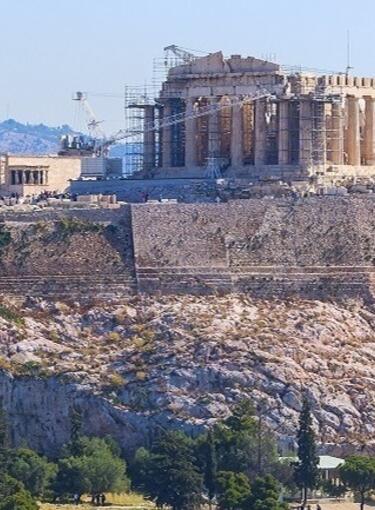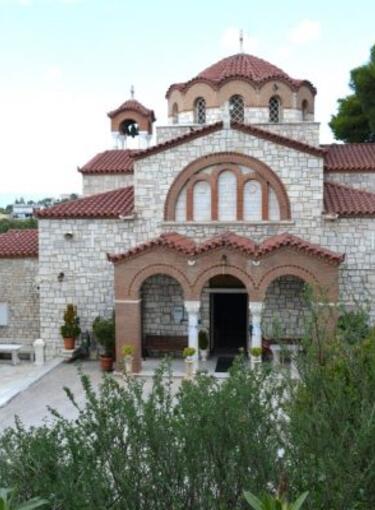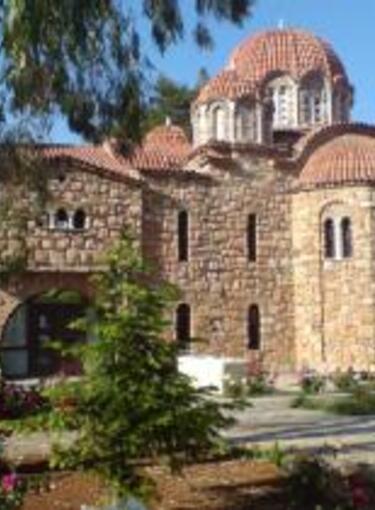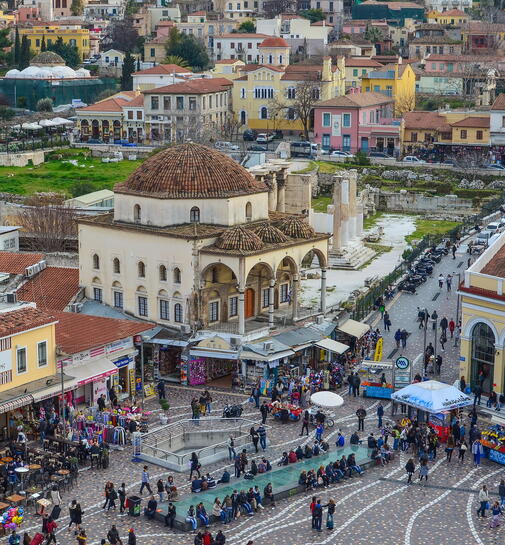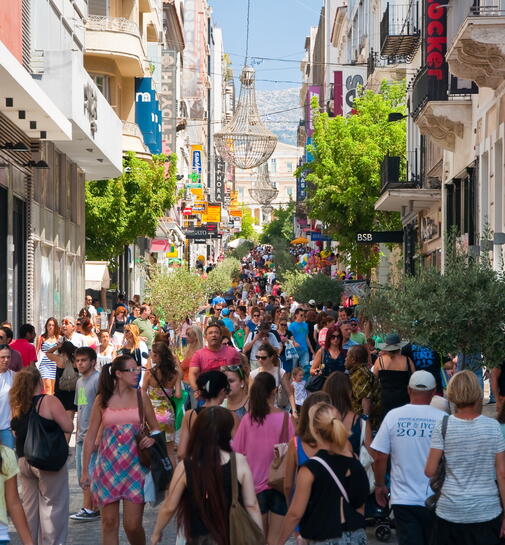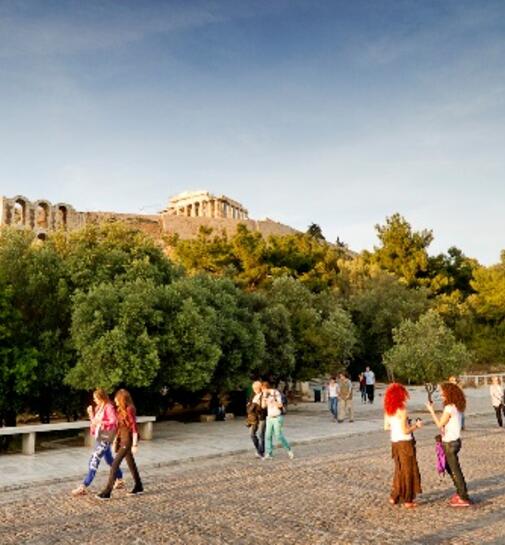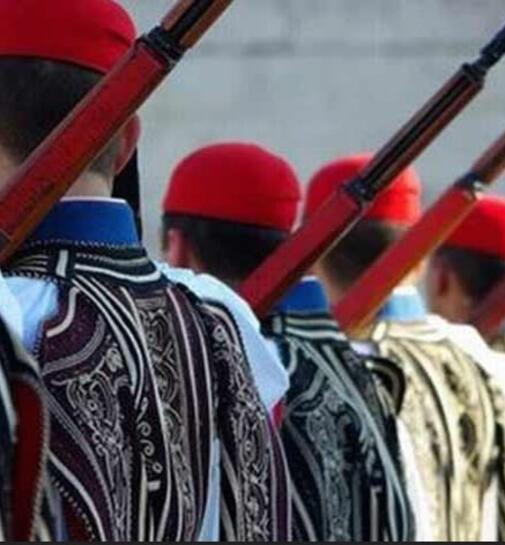One of the most magnificent churches in the centre of Athens is the church of Agios Konstantinos (St Constantine), at the street with the same name, opposite the building of the National Theatre, with which they create an impressive spectacle at the entrance of the city.
Its construction was an initiative of the Municipality of Athens in 1869, in honor of the birth of Prince Constantine heir to the throne, in the previous year. The plans were made by the well-known architect Lysandros Kaftantzoglou, who tried to bring European influences into Greek church architecture. The church’s foundations were laid in 1871, while it was completed several years later in 1905, when the inauguration was carried out by the Metropolitan of Athens Theoclitos I. The expenses for its construction were covered mainly by fund raises all over the world, while also important was the financial support by Queen Olga, mother of Constantine, for the decoration of the interior and the completion of certain additional works.
It belongs to the type of three-aisled basilica and it is characterized by its neo-classical character and the extended use of marble from Penteli mountain. Its façade is impressive, with neo-classical and Renaissance elements, and its monumental entrance with the columns of Corinthian order reminds of an ancient propylon.
The church can be divided into three parts: the central aisle was dedicated to Constantine and Helen, called equal to Apostles by the Church, after a decision by the Municipality of Athens, the northern aisle to Agios Eleftherios, since its inauguration took place on December 15th, while the southern aisle is dedicated to Ioannis Prodromos (John the Baptist) since in the same location was a small church of Ioannis Prodromos. Where the altar of this church used to be, at the intersection of Agios Konstantinos and Menandrou streets, today there is a marble screen.
Church of Saint Constantine
Beauteous, distinctive, special; one of the most significant and imposing churches of Athens, near Omonia square, opposite the National Theatre building is the church of Saint Constantine. It was constructed in the era when little Athens was trying to transform into a European capital.
At this site there was a very small chapel dedicated to Saint John the Baptist, which could not cover the worship needs of the Christians of the neighborhood, then called ‘Gerani’, which spanned between Eleftherias square and Pireos and Sokratous Streets. Thus, after the required space was encured, the construction of the church at Omonia was announced.
The church eventually was built on an initiative of the Municipality of Athens to the honour of the son of the then royal couple Georgios and Olga in 1868. Money was collected via errands for the construction, while for the completion, a monetary sum was granted also by Queen Olga. The study for the construction was assigned to Lyssandros Kaftatzoglou, one of the most important architects of the era and the foundation stone was laid in 1971.
For thirty-four years lasted the construction works of the cherished church, which was built in its entirety from solid Pentelian marble. Its size exceeds 1,000 square meters and its height from the floor up to the dome top is 32 meters. It is a three-aisled domed basilica, has a transept and is characterized by neoclassical elements and renaissance influences. Of special artistic significance is the façade of the church which has the form of a portico with piers, demi-columns of Corinthian order and a pedimental finial.
At the left and the right the church is framed by towers, which end in octagonal shaped bell towers. Externally, the dome is covered with copper sheets. Internally, it bears of course the figure of the Pantokrator, a work by Anastasios Loukidis, which is lit by twelve symbolic light-holes. An inspiration for the construction of the dome was the vault of the Pantheon in Rome as well as Hagia Sophia in Constantinople.
The crafting of the icon painting of the church began by Loukidis in 1927. The sanctuary and the dome bear works that are his. The mural painting of the rest of the church continued in 1953 and from 1972 until 1980 it was undertaken by Malamas and Giomelakis.
On the elaborate marble templon of the church are located unique elements of the art of icon painting, and also at the holy bema looms the holy altar.
It is a tri-substantial church with the central nave being dedicated to Saint Constantine and Saint Helen, the northern aisle to Saint Eleftherios and the southern aisle to Saint John the Baptist.
Informations
Additional
Date:
1871-1905
Season:
Post-Byzantine
Holy Metropolis:
Archdiocese of Athens
Address:
Agiou Konstantinou 23, Omonoia 10431
Access:
Omonia Metro Station




